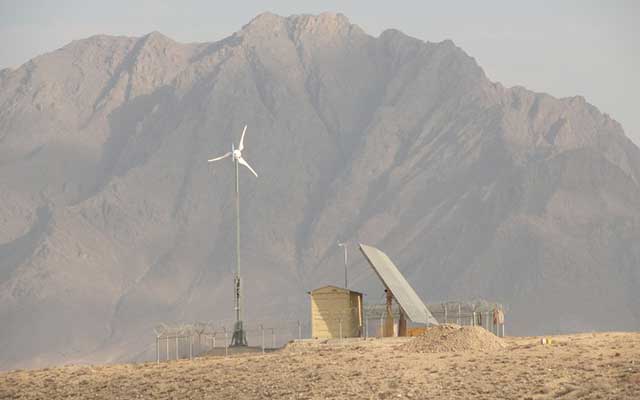Reducing US climate emissions enough to avoid a two degree Celsius increase in global warming could prevent up to 175,000 pollution-related premature deaths nationwide by 2030, new research has estimated.
The nationwide health benefits associated with preventing these deaths would total around $250 billion a year, the researchers from Duke University and the NASA Goddard Institute for Space Studies said.
The findings suggest that the benefits of reducing climate emission may far exceed the cost of implementing low-carbon policies.
When longer-term global health impacts are taken into account, the benefits of reducing US emissions could be five to 10 times larger than the estimated cost of implementing necessary policies or technologies, said Drew Shindell, professor of climate sciences at Duke University in North Carolina, US.
The findings were published in the journal Nature Climate Change.
Most recent climate negotiations have focused on reducing current levels of emissions enough to avoid triggering a two-degree Celsius rise in atmospheric warming — a threshold at which the increased risk of prolonged droughts and heat waves, accelerated sea-level rise and other damaging climate impacts could outpace our ability to adapt.
To conduct the new analysis, the researchers constructed emissions-reduction scenarios for transportation and the energy sector, the two largest producers of US climate pollutants.
Then they modeled what the human health benefits and climate impacts would be if emissions in each sector were reduced enough by 2030 to put the US on a path to stay under the two-degree Celsius threshold.
“We created a ‘clean transportation’ scenario in which surface transport emissions are reduced by 75 percent, and a ‘clean energy’ scenario in which emissions are reduced by 63 percent,” Shindell explained.
The models showed that by 2030, cleaner energy policies could prevent as many as 175,000 premature deaths, and another 22,000 or so deaths each year following that.
IANS

